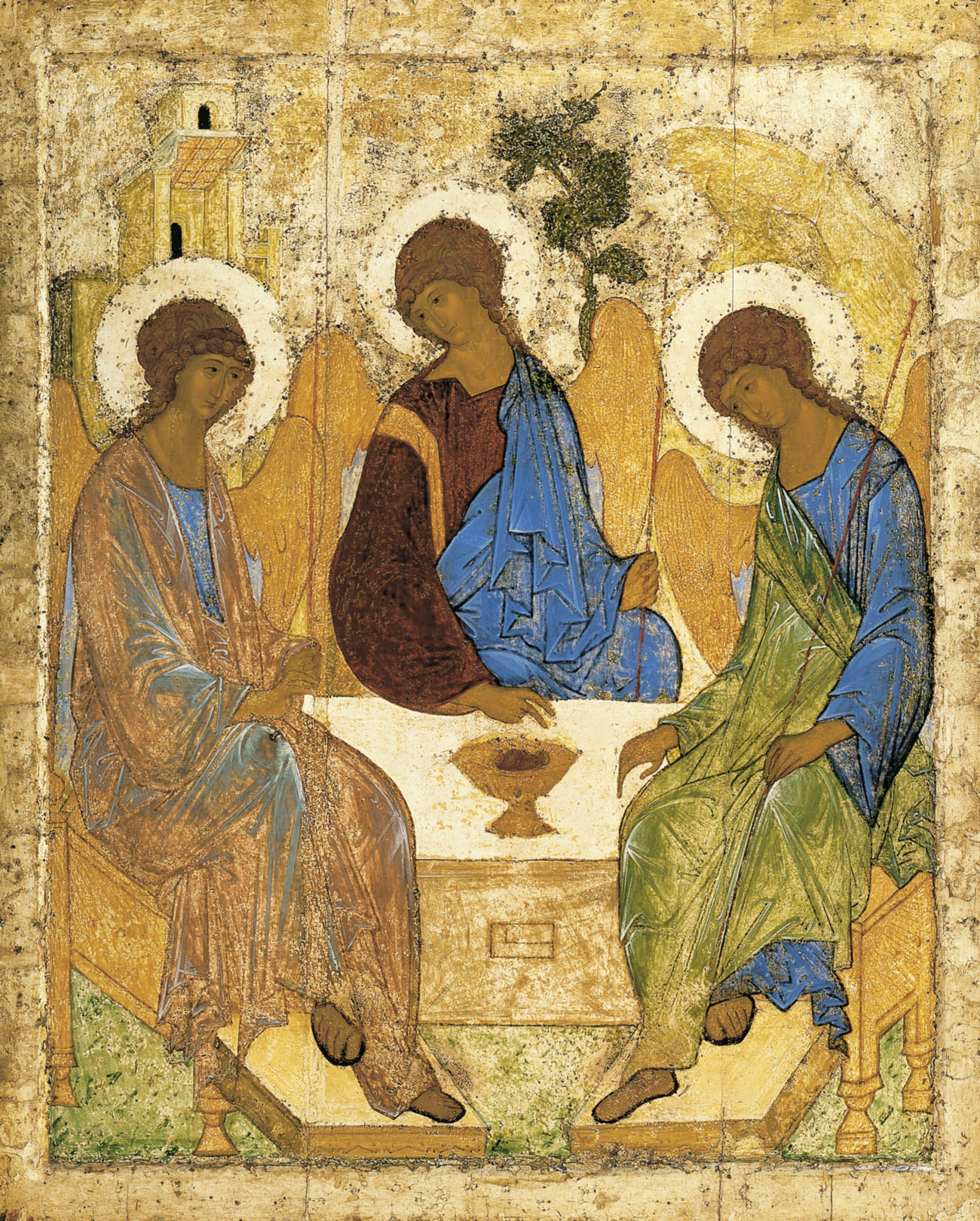|
Trisagion
The ''Trisagion'' ( el, Τρισάγιον; 'Thrice Holy'), sometimes called by its opening line ''Agios O Theos'', is a standard hymn of the Divine Liturgy in most of the Eastern Orthodox, Western Orthodox, Oriental Orthodox, and Eastern Catholic churches. In churches which use the Byzantine Rite, the Trisagion is chanted immediately before the ''Prokeimenon'' and the Epistle reading. It is also included in a set of prayers named for it, called the Trisagion Prayers, which forms part of numerous services (the Hours, Vespers, Matins, and as part of the opening prayers for most services). It is most prominent in the Latin Church for its use on Good Friday. It is also used in the Liturgy of the Hours and in some Catholic devotions. Form of the prayer The Trisagion prayer is an ancient prayer in Christianity. In Greek: In Latin: In English - Literal Translation: In English - Common Liturgical Translation: In Aramaic: History Traditional origins The Greek phra ... [...More Info...] [...Related Items...] OR: [Wikipedia] [Google] [Baidu] |
Aramaic
The Aramaic languages, short Aramaic ( syc, ܐܪܡܝܐ, Arāmāyā; oar, 𐤀𐤓𐤌𐤉𐤀; arc, 𐡀𐡓𐡌𐡉𐡀; tmr, אֲרָמִית), are a language family containing many varieties (languages and dialects) that originated in the ancient region of Syria. For over three thousand years, It is a sub-group of the Semitic languages. Aramaic varieties served as a language of public life and administration of ancient kingdoms and empires and also as a language of divine worship and religious study. Several modern varieties, namely the Neo-Aramaic languages, are still spoken in the present-day. The Aramaic languages belong to the Northwest group of the Semitic language family, which also includes the Canaanite languages such as Hebrew, Edomite, Moabite, and Phoenician, as well as Amorite and Ugaritic. Aramaic languages are written in the Aramaic alphabet, a descendant of the Phoenician alphabet, and the most prominent alphabet variant is the Syriac alphabet. The ... [...More Info...] [...Related Items...] OR: [Wikipedia] [Google] [Baidu] |
Nicodemus
Nicodemus (; grc-gre, Νικόδημος, Nikódēmos) was a Pharisee and a member of the Sanhedrin mentioned in three places in the Gospel of John: * He first visits Jesus one night to discuss Jesus' teachings (). * The second time Nicodemus is mentioned, he reminds his colleagues in the Sanhedrin that the law requires that a person be heard before being judged (). * Finally, Nicodemus appears after the Crucifixion of Jesus to provide the customary embalming spices, and assists Joseph of Arimathea in preparing the body of Jesus for burial (). An apocryphal work under his name—the Gospel of Nicodemus—was produced in the mid-4th century, and is mostly a reworking of the earlier Acts of Pilate, which recounts the Harrowing of Hell. Although there is no clear source of information about Nicodemus outside the Gospel of John, Ochser and Kohler (in an article in ''The Jewish Encyclopedia'') and some historians have speculated that he could be identical to Nicodemus ben Gurion ... [...More Info...] [...Related Items...] OR: [Wikipedia] [Google] [Baidu] |

